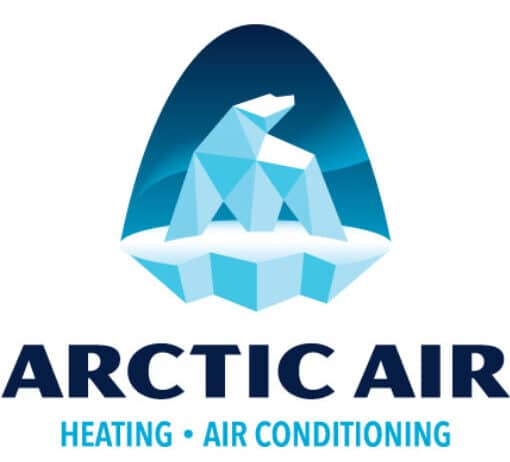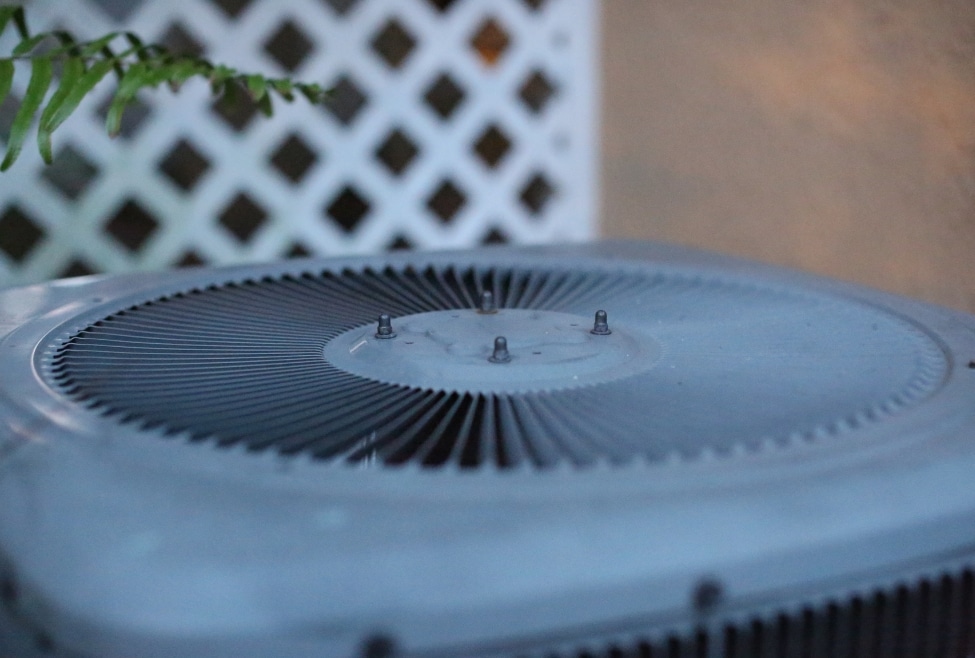What Is a Good SEER Rating for an HVAC?
How SEER Ratings Impact HVAC Efficiency
When shopping for a new HVAC system, many homeowners ask: what is a good SEER rating for an HVAC? SEER, or Seasonal Energy Efficiency Ratio, measures how efficiently an air conditioner or heat pump operates over a typical cooling season. Understanding SEER ratings can help you select an energy-efficient system that saves on utility bills while keeping your home comfortable year-round.
At Arctic Air, we help homeowners in Palmdale, Lancaster, Quartz Hill, Rosamond, Acton, and Tehachapi choose the right HVAC systems and provide professional installation, repair, and maintenance services.
Understanding SEER Ratings
SEER ratings indicate the cooling output of an HVAC system divided by the energy it consumes. The higher the SEER, the more efficient your system is. Here’s a simple guide:
- 14–16 SEER: Standard efficiency, common in most homes today.
- 17–19 SEER: High efficiency, saving more on energy bills and offering better environmental performance.
- 20+ SEER: Premium systems with maximum energy savings, often used in newer or high-end homes.
Choosing the right SEER depends on your budget, climate, and long-term energy goals. Higher SEER systems cost more upfront but pay off through lower electricity bills and reduced environmental impact.
Factors to Consider When Selecting SEER
When deciding what SEER rating is best for your HVAC, consider these key points:
- Climate and Home Size – In hotter climates or larger homes, higher SEER units provide better energy savings.
- Energy Costs – If electricity rates are high, investing in a high-efficiency system makes financial sense.
- System Type – Central air systems, ductless mini-splits, and heat pumps all have different SEER ratings.
- Installation Quality – Even a high-SEER unit underperforming due to poor installation won’t save energy. Professional installation from Arctic Air ensures optimal performance.
Why Upgrade to a High-SEER HVAC System
Upgrading your HVAC system to a higher SEER rating offers multiple benefits:
- Lower Energy Bills – Higher efficiency reduces electricity consumption.
- Improved Comfort – Systems run longer cycles for consistent indoor temperature and humidity.
- Environmentally Friendly – Reduced energy use lowers your carbon footprint.
- Enhanced Home Value – Energy-efficient HVAC units are a strong selling point for potential buyers.
At Arctic Air, we also provide HVAC repair and maintenance services to keep your system running at peak efficiency. Regular maintenance can extend the lifespan of your unit while ensuring it continues to meet your desired SEER performance.
Arctic Air proudly delivers professional HVAC services across Palmdale, Lancaster, Quartz Hill, Rosamond, Acton, and Tehachapi. Whether you need a new HVAC system, high-efficiency installation, or routine maintenance, our certified technicians provide reliable service and transparent pricing.
Finding the Best SEER Rating for Your Home
If you’ve been wondering what is a good SEER rating for an HVAC, the answer depends on your home, climate, and budget. At Arctic Air, we help you select and install systems that maximize comfort, efficiency, and energy savings.
Ready to upgrade your HVAC system for better efficiency and lower energy bills? Contact Arctic Air today to schedule a consultation or HVAC installation estimate!
FAQs
Is it worth going from 14 SEER to 16 SEER?
Upgrading from a 14 SEER system to a 16 SEER HVAC can be worth it for many homeowners. A 16 SEER system offers improved energy efficiency, reduced electricity bills, and better long-term performance. The increase in efficiency can offset the slightly higher installation cost over time, making it a smart choice for those looking to save on energy while improving comfort.
Is 21 SEER worth the money?
A 21 SEER HVAC system represents a premium, high-efficiency unit. While it comes with a higher upfront cost, it provides maximum energy savings and excellent cooling performance. Whether it’s worth it depends on your climate, energy costs, and how long you plan to stay in your home. In regions with high summer heat, a 21 SEER unit can deliver significant long-term savings.
How much more efficient is a 17 SEER vs 14 SEER?
A 17 SEER system is roughly 21% more efficient than a 14 SEER system. This increase can result in noticeable reductions in electricity bills, especially during peak cooling months. Higher SEER units also tend to run quieter, maintain more consistent indoor temperatures, and reduce overall HVAC wear and tear.
What SEER rating qualifies for tax credit 2025?
For 2025, many energy efficiency incentives and federal tax credits apply to HVAC systems with a SEER rating of 16 or higher. Installing a qualifying high-efficiency system can help homeowners offset installation costs while improving energy efficiency and reducing environmental impact. Always confirm eligibility with the latest IRS guidelines or consult a licensed HVAC professional.
What SEER is a 30-year-old air conditioner?
A 30-year-old air conditioner typically has a SEER rating between 6 and 8, far below modern efficiency standards. Older systems consume much more energy, run less effectively, and may require frequent repairs. Upgrading to a modern high-SEER unit, like 16 or higher, can greatly reduce energy bills and improve comfort.
Ready to upgrade to a high-efficiency HVAC system and maximize your energy savings? Contact Arctic Air today to schedule a consultation or HVAC installation estimate with our expert team.


